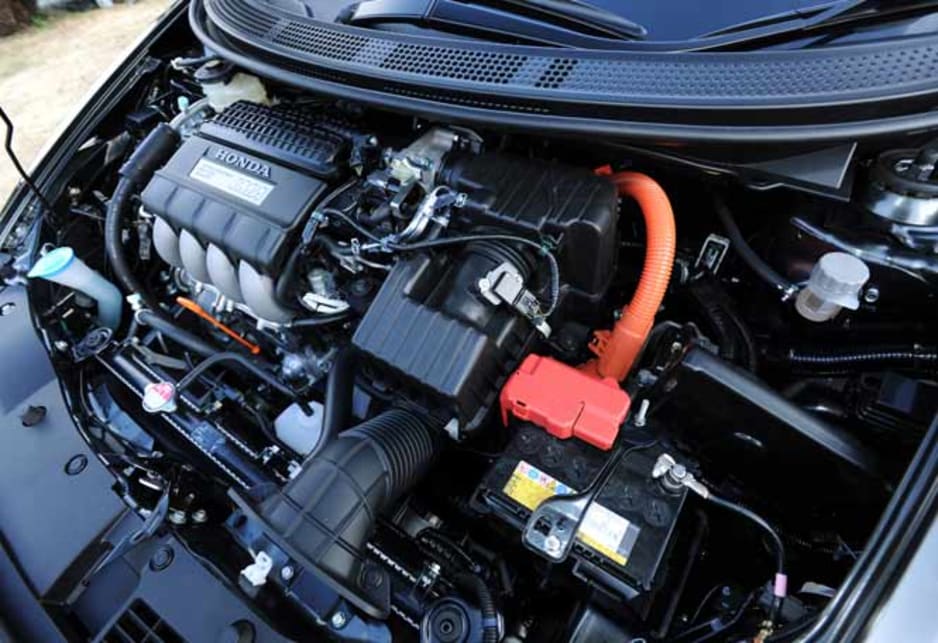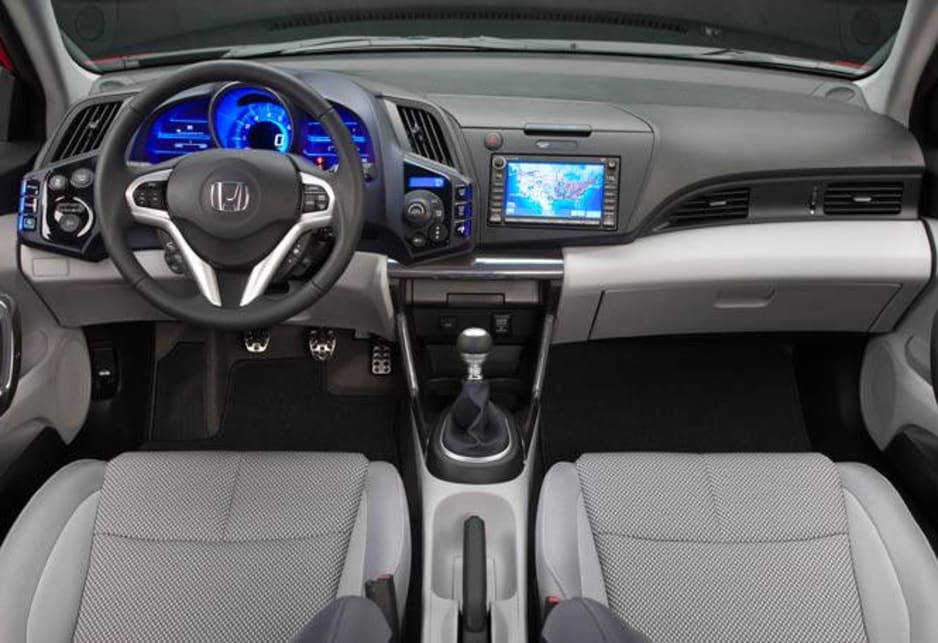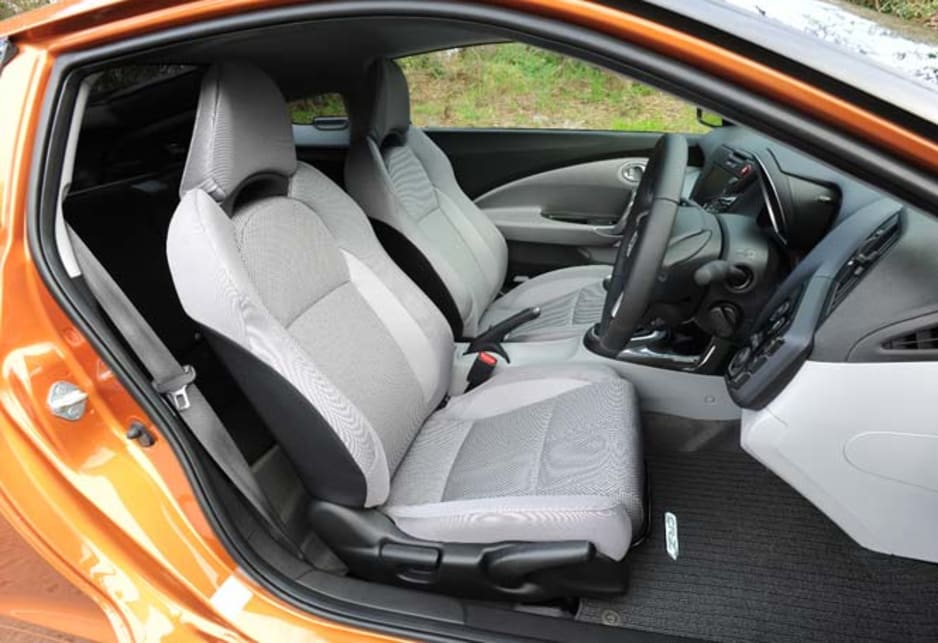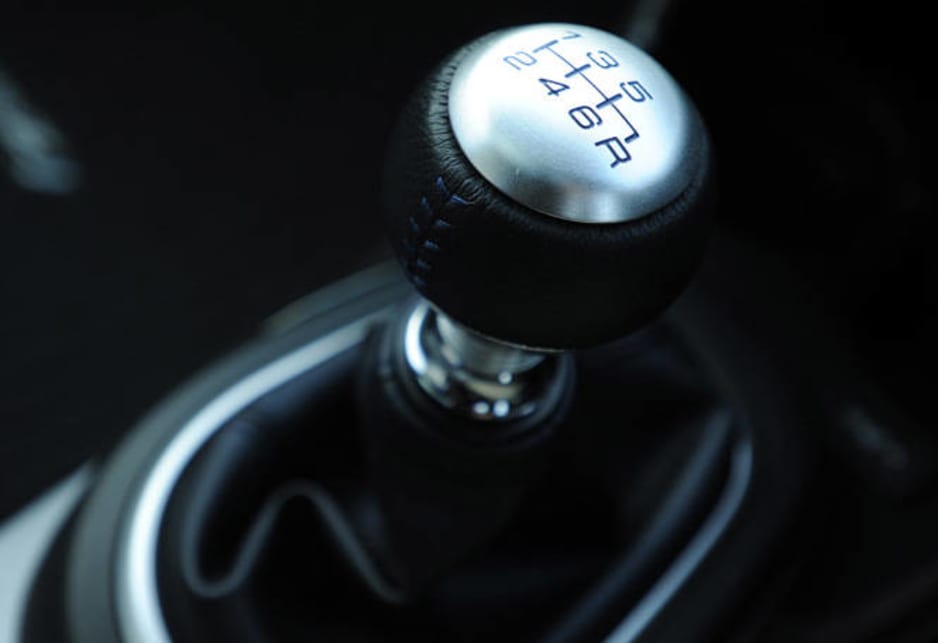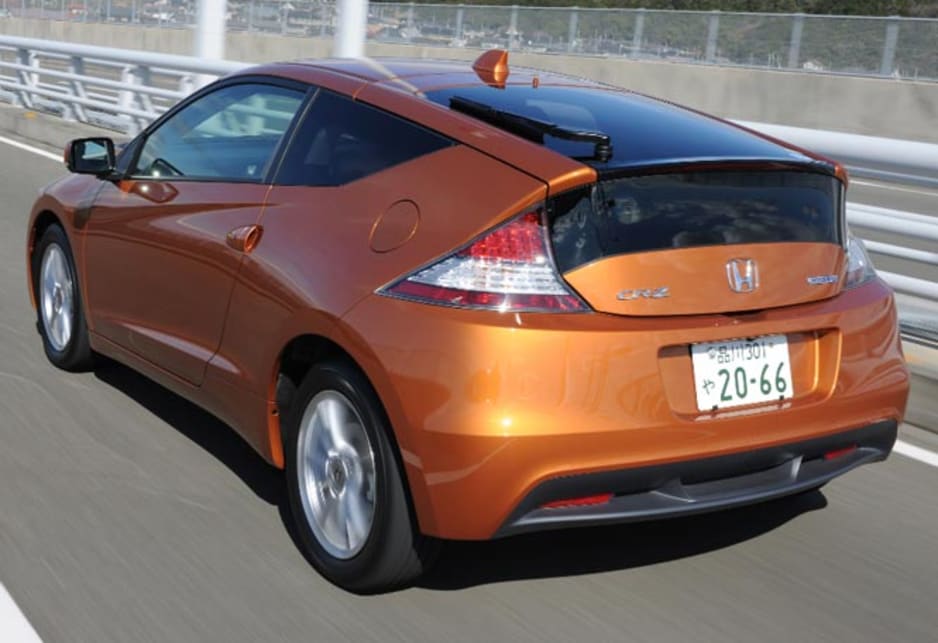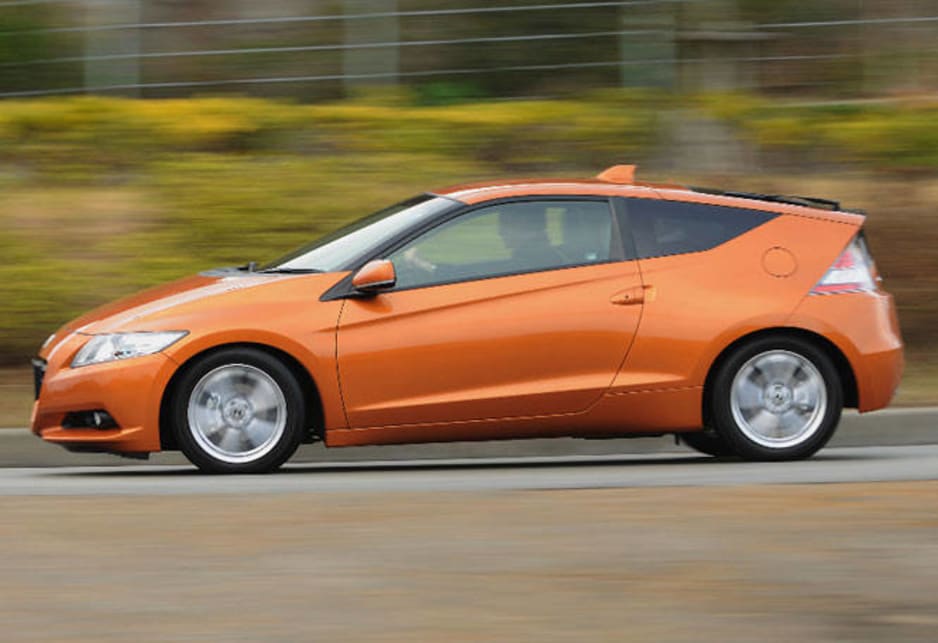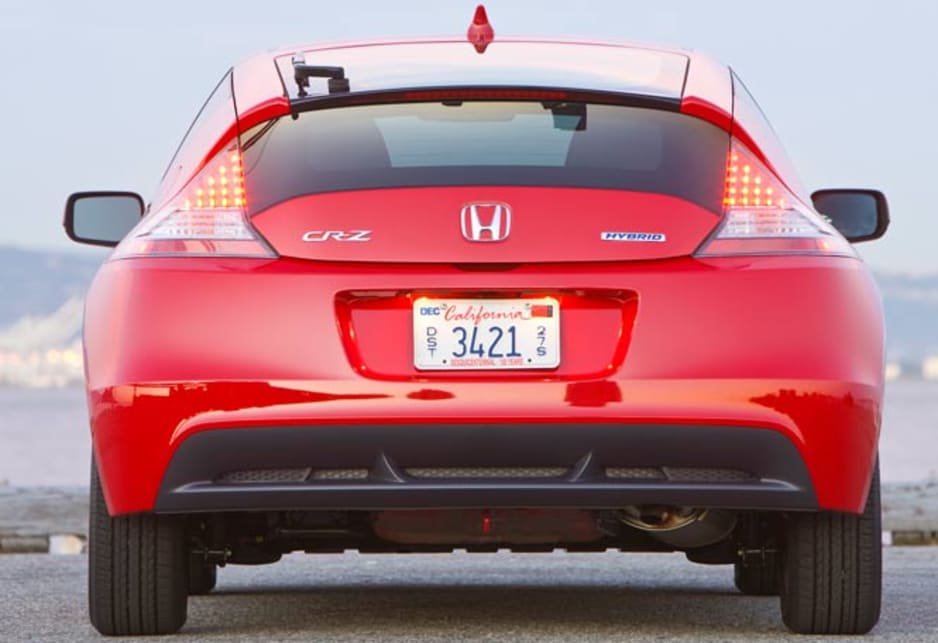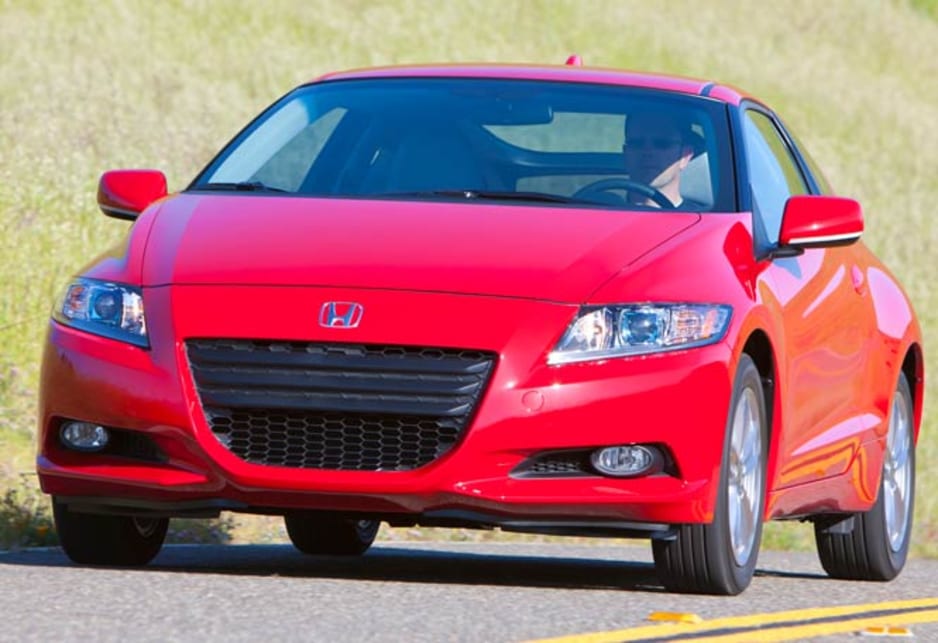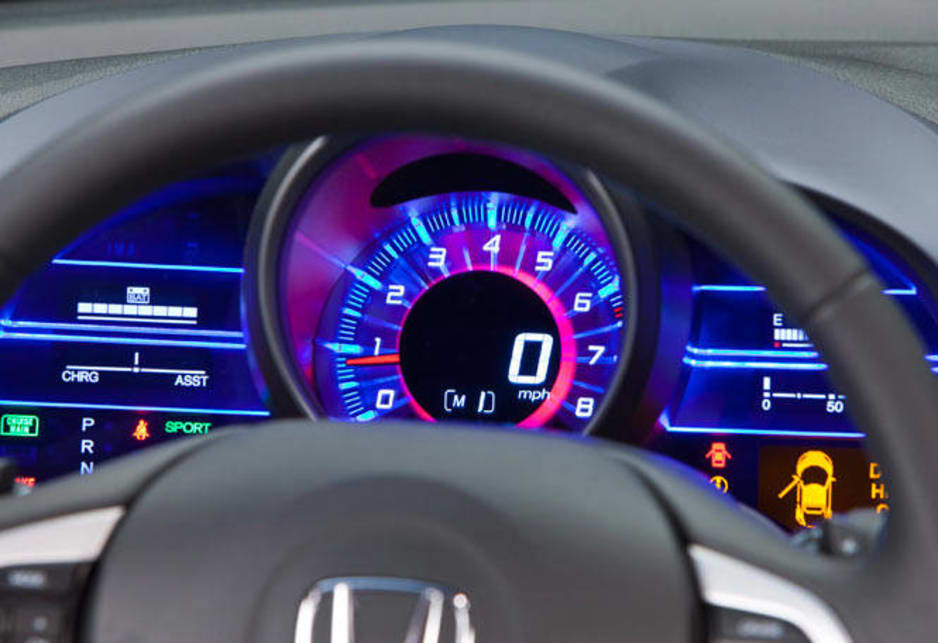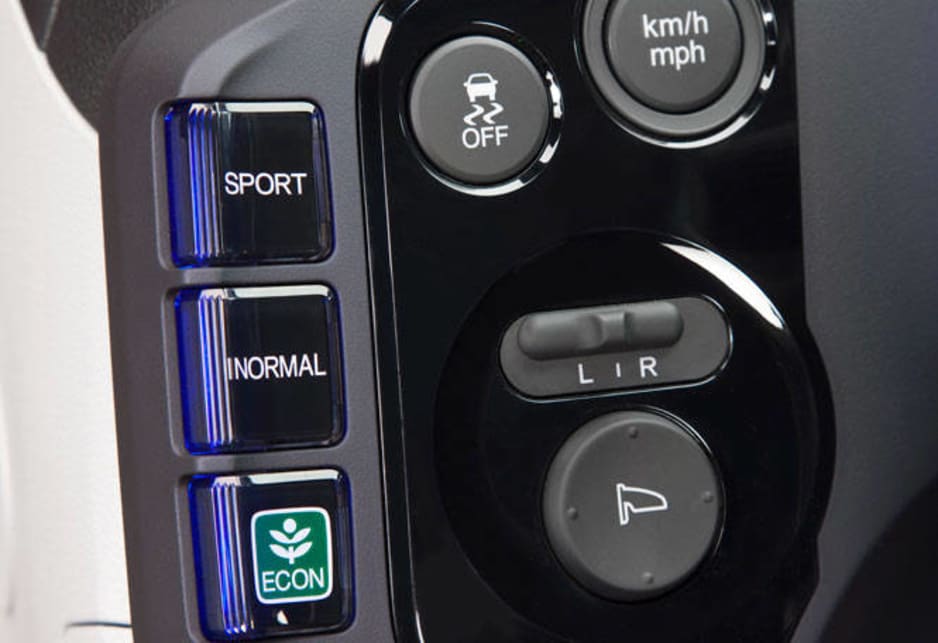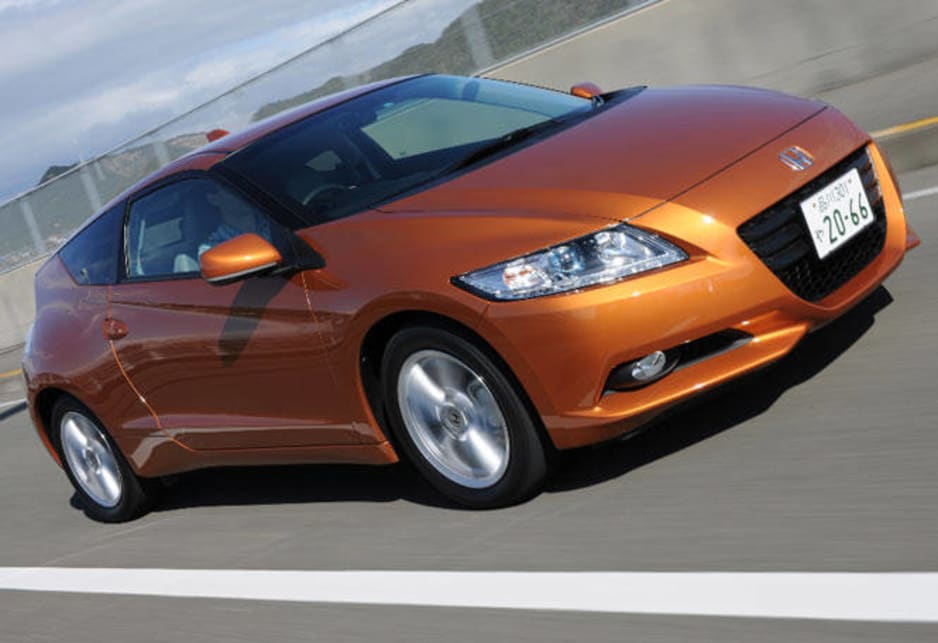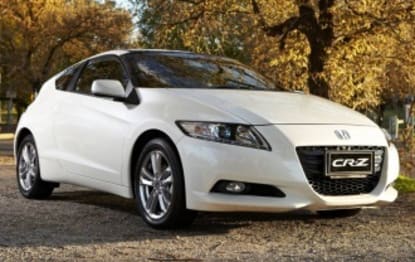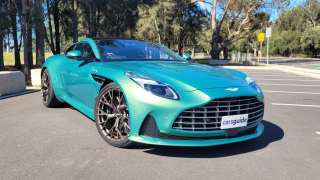
Honda CR-Z 2011 Review
Hybrid motoring just got sexy with the Honda CR-Z. And it also added a much-needed fun factor. But if you were a fan of the late 1980s Honda CR-X – a former halo sports car for the brand -- don’t be misled by the new car’s name, or by the similar looks.
It’s not as successor to the missile performance of the CR-X. Instead, it’s a sporty, design-driven package that offers the ultra-hip a stylish way to broadcast their environmental consciousness.
Appearance and fit-out
Forget the earnest, slightly geeky looks that go with most enviro-cars. The CR-Z is a stunner from every angle, and particularly from the back – an area where most car designers run out of ideas.
The production version is thankfully not too far removed from the concept car that did the rounds of motor shows, and retains a lot of the sharp lines and creases. Daytime running lights accentuate the width – and help safety in the lower light of evening and early morning
The interior design has some nice touches – lots of clever illumination, flowing shapes and some perforated finishes, and the fan of instrument bezels behind the steering wheel is well set-out.
It has lost the flat-bottomed steering wheel of the concept, and likewise there’s not as much of a blue light disco going on with the mood lighting in the footwells and on the console and dash – and in European markets you can get illuminated blue bezels for around the audio speakers.
But except for the touchpoint surfaces – door handles, gearshift etc – there’s still a lot of hard plastic that undermines the effect.
Platform
The CR-Z platform has been developed from the Jazz from the a-pillar forward, and from the hybrid Insight – itself developed from the Jazz – backwards from there. It’s slightly shorter – and 44kg lighter – than the Insight, but with the stiff body having a wider stance that helps with handling. Suspension is set up for rigidity, with a torsion beam in the rear adding extra stiffness.
But the compact body means some costs in space. Honda calls it a ‘2+2-seater’, and while even tall front seat passengers will have no lack of room, the rear bench offers little joy for adult – or child, if they’re past the toddler stage.
With our front seats in normal position, there was barely room for little legs, and the low rear roofline even leaves doubt about fitting any child sitting high in a booster seat.
Even Honda acknowledges that it is not really a seating area, saying ‘behind the front seats there is a small area where you could put cargo, or perhaps small people’.However, the rear folds flat to boost the luggage space from 223 litres to just over 400 litres, which is plenty for a couple away on holiday.
Drivetrain
It uses the 84kW/145Nm 1.5 litre i-VTEC engine from the Jazz, coupled with a 10kW/78Nm electric motor – making for total outputs 91kW at 6100rpm and 174Nm at 1500rpm – and mated with a revised six-speed manual transmission driving the front wheels.
There’s no plan at the moment to bring an auto, which will disappoint a lot of buyers, but when it does come it will likely be a twin-clutch sequential – which should be a sales-booster in a country that is increasingly moving away from self-shifting.
With the electric motor chipping in torque right from the turn of the key, acceleration is competent – startling for a hybrid – with the car getting from 0-100km/h in about 9.8 seconds and reaching a top speed of 200km/h.
Fuel economy is 5L/100km, and CO2 emissions are 117g/km, with those results achieved mainly by using the Econ mode to restrict the throttle, rather than Normal or Sport.
A three-mode drive system changes steering effort, engine response, motor assist and airconditioning from their default settings in Normal. In Econ mode it gives priority to fuel economy, reducing engine response and limiting the motor assistance and airconditioning. In Sport it adds more weight to steering feel, engine response is quicker, the motor assist is stronger and the aircon is back to normal.
Like the hybrid Insight, an electronic eco-nanny shows leaves sprouting from five twigs as you drive more frugally – and then kills them off if you get too heavy on the pedal.
Pricing and market
The CR-Z will not come to Australia until the second half of 2011, and Honda hopes to pitch it at around the $35,000 mark – the same level of their more conservative-looking Civic Hybrid. That means it would undercut the Prius by about $5000 – and easily overshadow it in the style stakes.
But supply could be an issue, because it’s taken off strongly overseas, especially in Japan – where it was launched in February. However if they can get enough, Honda Australia expects to do about the same as the sporty Integra did in its day. “It should be about 350-400 per month … maybe even more,” Honda Australia senior director Lindsay Smalley says.
But he admits it’s not touted as a family car, like the Prius. “It’s a totally different market to the Prius. The CR-Z is for people driven by exceptional design – it’s a two-seater capsule for childless families.”
Driving
The CR-Z starts well off the line. And while those looking for a successor to the CR-X won’t find it here, there’s more than enough performance for most buyers. After trying all the modes, we voted Sport as the favourite and left it there, but still had to keep the revs up above 3500 to get real joy – and to get the special tuning of the exhaust to talk to us.
But there’s definitely a lot of fun to be had with the car. Its little short-throw six-speed is smooth and precise, and the steering is well-weighted and turns in nicely. The CR-Z feels solid and handles surprisingly tightly, staying planted and nimble on the road and happily sashaying through series of even tight corners.
Like the Insight, steep slopes can take the wind out of its sails a bit if you’re looking for speed. But approached in normal fashion, there’s little problem. And although Honda claims a top speed of 200km/h, it hit 205km/h on the autobahn in fifth gear and held it, but slotting it up to sixth drops the speed back considerably.
The price Honda Australia is aiming at will put it $5000 under the entry-level Prius, and the CR-Z uses 1.1 litres more fuel per 100km (Civic hybrid uses another 0.5L). So you wouldn’t have to drive far in the Toyota to recoup the difference, and you can get a couple of kids in the back – three if they’re well-behaved.
But the looks and staid performance of the Prius don’t please everybody. While it did attract the early-adopter trendies who wanted the world to know they were driving a hybrid, the sharp styling of the CR-Z will have far more appeal. It’s stunning enough to create a lust factor on the exterior design alone – and it’s fun, too. And that’s a big step forward for a hybrid.
Honda CR-Z hybrid
On sale: late 2011
Price: from around $35,000
Engine: 84kW/145Nm 1.5 litre i-VTEC engine, 10kW/78Nm electric motor
Total outputs: 91kW/174Nm
Transmission: six-speed manual
Economy: 5L/100km
Emissions:117g/km
Rivals
Honda Insight from about $30,000
Honda Civic Hybrid from $35,000
Toyota Prius from $39,900
Pricing guides
Range and Specs
| Vehicle | Specs | Price* | |
|---|---|---|---|
| Sport Hybrid | 1.5L, Hyb/ULP, CVT AUTO | $6,820 – 9,680 | 2011 Honda CR-Z 2011 Sport Hybrid Pricing and Specs |
| Luxury Hybrid | 1.5L, Hyb/ULP, CVT AUTO | $9,020 – 12,760 | 2011 Honda CR-Z 2011 Luxury Hybrid Pricing and Specs |
$6,820
Lowest price, based on third party pricing data


